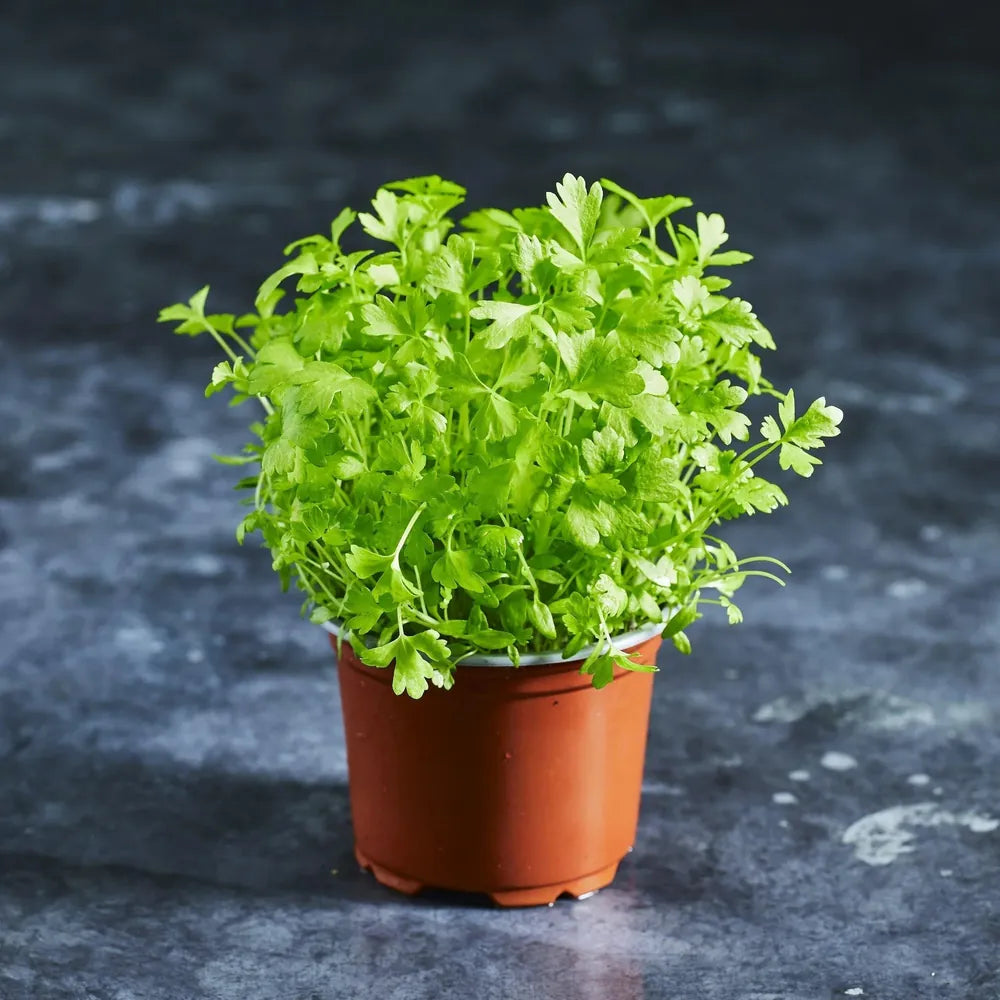Light & Colour
Provide strong indirect light or full-spectrum LEDs to encourage compact growth and rich, vibrant colours. The deepest hues are usually achieved only with supplemental lighting.
Temperature
Both excessive cold and excessive heat can affect reliability and consistency in microgreen production. Controlled environments deliver the best results.
Moisture Balance
Keep the growing medium consistently moist but never waterlogged. Overwatering reduces oxygen in the root zone and leads to weak, spindly stems.
Damping Off
A common microgreens issue where seedlings rot and collapse, caused by water moulds thriving in overly wet conditions. To prevent this, avoid overwatering. Once seeds have sprouted, stop misting from above and switch to bottom watering. Always use sterile trays, tools, and fresh growing media for each new crop. In some cases, mould spores may already be present in the water source. Solutions include ozone-treating your water (an organic practice) or using reverse osmosis water. As a last resort (not recommended), a diluted cleaning agent such as chlorine or bleach can be applied with extreme caution.
Reliable Quality Seeds
Strong, healthy microgreens start with top-quality seed. Always buy from trusted suppliers who use proper storage systems such as industrial dehumidifiers, air-conditioning, cold storage, and even carbon dioxide–controlled atmospheres to maintain seed integrity.
Poor handling at the supplier level can lead to seed degradation, lower germination rates, mould issues, or even contamination. In some cases, seeds may be sold as “microgreen” seed without testing or proven history—often substitutes chosen for profit rather than performance. These second-rate seeds can result in weak, inconsistent crops with undesirable traits.
Tip: Store your own seed in a cool, dry, airtight container to preserve reliability for future sowings. Fridge or Freezer: For long-term storage, refrigeration or freezing works well — just let seeds return to room temperature before planting.

